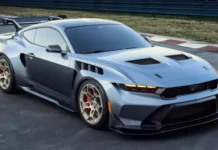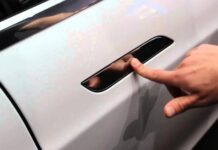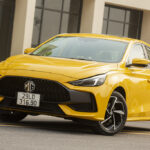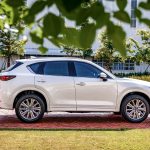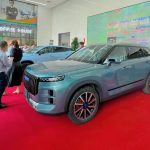Chinese Cars – If not now, then when?
In 2023 alone, there are 4 completely new car brands entering the Vietnamese market, including Wuling, Haval, Lynk & C, and Haima. Not to mention Chery, the brand with the longest teaser time – although it has not officially launched, it has already reached a cooperation agreement with a partner in Vietnam, Geleximco. In addition, there is also the transfer of MG Vietnam from Tanchong distributor to SAIC.
The big difference between these brands and the previous presence of Chinese cars in Vietnam is the “genuine” nature instead of being imported individually through private businesses as before. Some brands even collaborate with domestic enterprises to assemble cars right in Vietnam. For example, the joint venture SAIC-GM-WULING cooperated with TMT Motor to assemble the Wuling Hongguang Mini EV model at TMT’s car factory in Van Lam district, Hung Yen province. Or Geleximco Group and Omoda & Jaecoo Automobile Company (Chery’s car brand) signed a memorandum of understanding to cooperate in building a car production and assembly plant in November 2023.
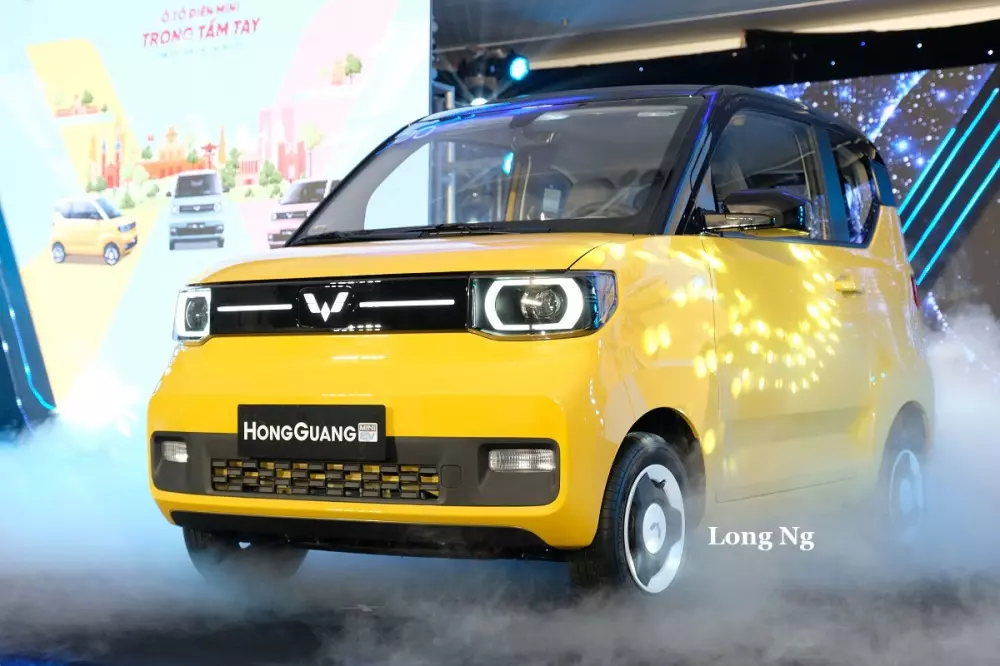
Wuling Hongguang Mini EV
The Chinese car products entering the Vietnamese market this year are diverse in terms of types, segments, and prices. There are small and affordable models like the Wuling Hongguang Mini EV (starting from 239 million VND), mid-range cars like the MG5 (starting from 399 million VND), mid-size SUVs like the MG RX5 (699 million VND), and higher-end segments with prices under 1 billion VND such as Haima 7X-E, Haval H6, and Lynk & Co 09.
In the face of the overwhelming launch of Chinese car brands, the reaction of Vietnamese consumers is quite clear. Observing the comments under topics about Chinese cars, it is easy to see many comments from the car enthusiasts community in Vietnam. Additionally, Chinese cars are almost always associated with the label “cheap”. With the actual launch prices of Chinese car models generally higher than the general expectation of the majority, they quickly become the subject of endless debates on major social media platforms about cars.
Furthermore, many consumers express skepticism when it comes to the attention-grabbing launch on social media and mainstream media at the early stage, but then the silence from both the dealers and the users creeps in. No new Chinese car brand has been seen to hold large-scale test drive events for users to experience the features of the cars and demonstrate the ideal quality promised…
Conversely, there are also more and more neutral and positive comments, and excitement about the emergence of new brands. The biggest concern of consumers who have positive views on Chinese cars is the issues related to long-term product quality, professional and systematic after-sales service, and reputation comparable to Japanese, Korean, European, and American cars.
Overall, we can see that the Vietnamese market has more or less opened up to Chinese cars. The success of privately imported cars like the Beijing X7 in the past is one of the important steps to strengthen consumer trust, but to go further and faster, authorized importers need to solve longer-term problems. We believe that for Chinese brands to succeed in Vietnam, they must at least do the following:
Be straightforward and confident about the origin
This can be considered a prerequisite, to convince consumers. Because if even the product team is hesitant about the origin, where can consumers find the confidence to spend money?
Among the brands that have launched, besides Haima and Lynk & Co boldly admitting their Chinese origin, other brands show signs of evasion to varying degrees.
The first Chinese brand officially present in Vietnam is MG, under TanChong’s era, choosing to market itself as “a British car”. Of course, this is not wrong, as they have the historic British car name Morris Garage to rely on. However, anyone who knows about the auto industry knows that this “foreign gentleman” from the inside out, from the soul to the skin, is not related to any “Truong Ba” whatsoever. The MG brand has long had to sell itself to other giants due to unsatisfactory business performance. After changing ownership several times, MG is now owned by Shanghai Automotive Industry Corporation (SAIC) in Vietnam until 2023, SAIC will officially regain the distribution rights of MG cars in the Vietnam market, replacing TanChong.
Haval, a Chinese car brand, chooses to market their Haval H6 Hybrid as “a hybrid car imported from Thailand”, avoiding mentioning its Chinese origin in their communication materials.
The most interesting case is TMT Motors and the SGMW joint venture when promoting this joint venture and the affordable electric car model Wuling Hongguang Mini EV in the Vietnamese market. TMT referred to the SGMW joint venture as “an American joint venture” and the Hongguang Mini EV as “the electric car of the GM joint venture in America”. Meanwhile, in essence, SGMW stands for SAIC-GM-Wuling Automobile – a joint venture between SAIC Motor, General Motors, and Liuzhou Wuling Motors Co Ltd. This joint venture owns 50.1% of shares belonging to the Shanghai Automotive Industry Corporation (SAIC), 44% belonging to General Motors (GM), and 5.9% belonging to Wuling Motors. Based in Liuzhou, southwestern China, the joint venture produces commercial and consumer vehicles that are sold in China under the Wuling and Baojun brands and also aims to export vehicles.
When entering Vietnam and cooperating with TMT Motors, a joint venture with the majority of capital from two Chinese companies, at first glance, an electric car model born for the Chinese market and already being sold there, Wuling Hongguang Mini EV, was immediately labeled by TMT Motors as “an American joint venture” deliberately or unintentionally ignoring its Chinese origin. It remains to be seen whether this marketing tactic makes a positive impression on users and adds a touch of “American quality” to the Hongguang Mini EV.
In our opinion, Chinese cars today have made progress in technology and are catching up with the world, even outperforming in some areas such as electric vehicle battery manufacturing technology. Being straightforward about the origin of their products is a way to respect the brand and also be honest with consumers, giving them transparent information and the desired choice.
Building the market from the root – solid and systematic
Unlike the first wave of Chinese cars over a decade ago, which approached the market from the top – only selling products instead of developing a dealership network and service centers, which are crucial factors for cars with a long lifecycle, we can easily see the presence of “big players” such as:
Tasco (Lynk & Co distributor) – already owning many Toyota, Ford, and Mitsubishi dealerships. Thanh An GWM (Haval distributor) – with a close relationship with TC Motor. TMT Motors, a company that manufactures, assembles, and distributes commercial vehicles (small trucks, vans, heavy trucks, dump trucks, etc.) in Vietnam with approximately 50 years of experience.
Despite the market fluctuations, these are probably the feasible names to hope for, as they have experience in the car business, and are selling tens of thousands of cars each year. Besides selling cars, these companies will build a dealership network and service centers to address concerns about the quality of Chinese cars and after-sales services.
Among the “big players” mentioned above, Haval is actively developing its sales network with 11 dealerships in provinces (8 in the north, 1 in the central region, 2 in the south). Meanwhile, Lynk & Co is preparing to open its second showroom in Ho Chi Minh City after the first showroom in Hanoi. Consumers will now have confidence in the warranty, maintenance, and reputation of the official distributors.
Good products from a strong foundation
Long gone are the days when Chinese cars had to be cheap, and of course, if they were cheap, they could not guarantee superior quality. The newly launched vehicles in the Vietnamese market all have a quality platform, chassis, and engines – with the highlight being the SPA (Scalable Product Architecture) shared with the sister brand Volvo within the Geely Group. Or good products like the Haval H6 with good sales performance and success in markets such as Australia and Thailand.
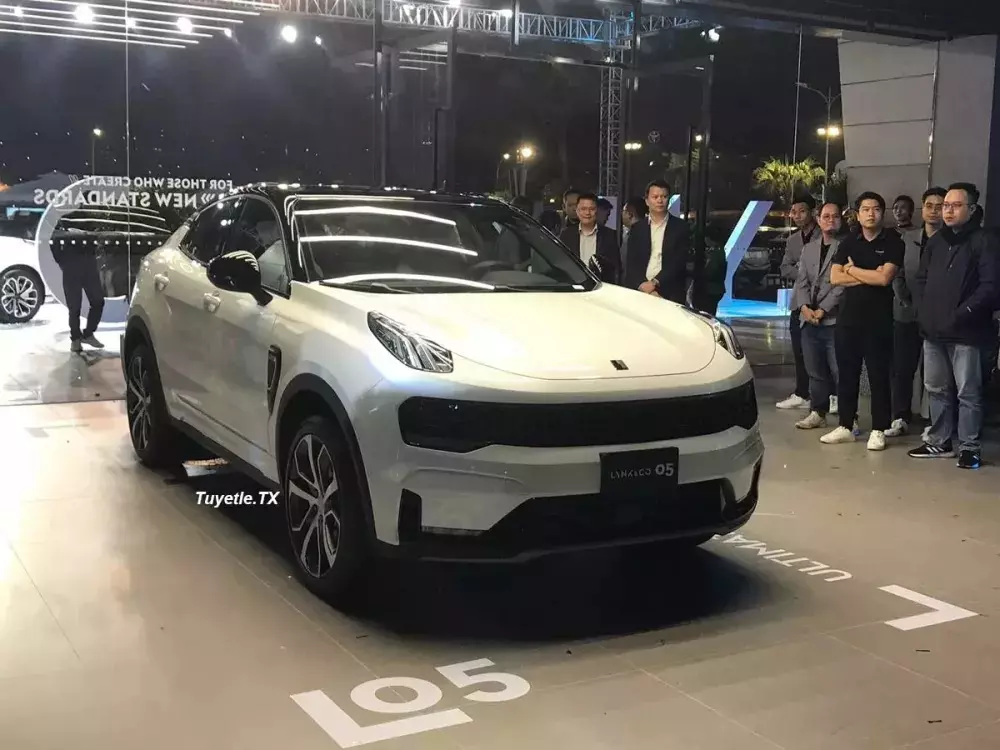
Lynk & Co cars share the same platform with Volvo
Although the selling price has always been and will be a barrier, it cannot deny the efforts of distributors when they strive to bring new Chinese car models to Vietnam with attractive designs, rich technology, and good quality. And if the cars are truly of good quality, the prices will not be cheap.
Lastly, unique brands
In addition to safety issues, Chinese cars over a decade ago were always labeled as “counterfeit” – copying the designs of other brands. However, with this wave, brands like Lynk & Co and Haval bring a fresh wave with different or at least neutrally beautiful designs. Besides the products, they are brands with “tastes”. For example, Lynk & Co’s showroom has a youthful and open style of decoration instead of just being a car showroom.
It is easy to see that today’s young consumers are willing to spend more on a new brand, but they also have different demands compared to previous generations. The young customer segment will demand more technology content in the car models, more convenient features, and more distinctive images, catering to their individuality.
In general, after a busy year entering the Vietnamese market, Chinese car brands still have a lot to do to convince Vietnamese consumers – a discerning group (when it comes to Chinese cars), but also adventurous. Although this will be a difficult problem, with good products, a solid foundation, and a commitment to origin transparency, Chinese brands have found half the solution – the rest lies in the acceptance of the market – something that only time will provide an accurate answer.
Starting is always the hardest part, and the aforementioned pioneering brands, to some extent, have an advantage as the front-runners in the market, a driving force for brands that are still seeking to enter the Vietnamese market.


